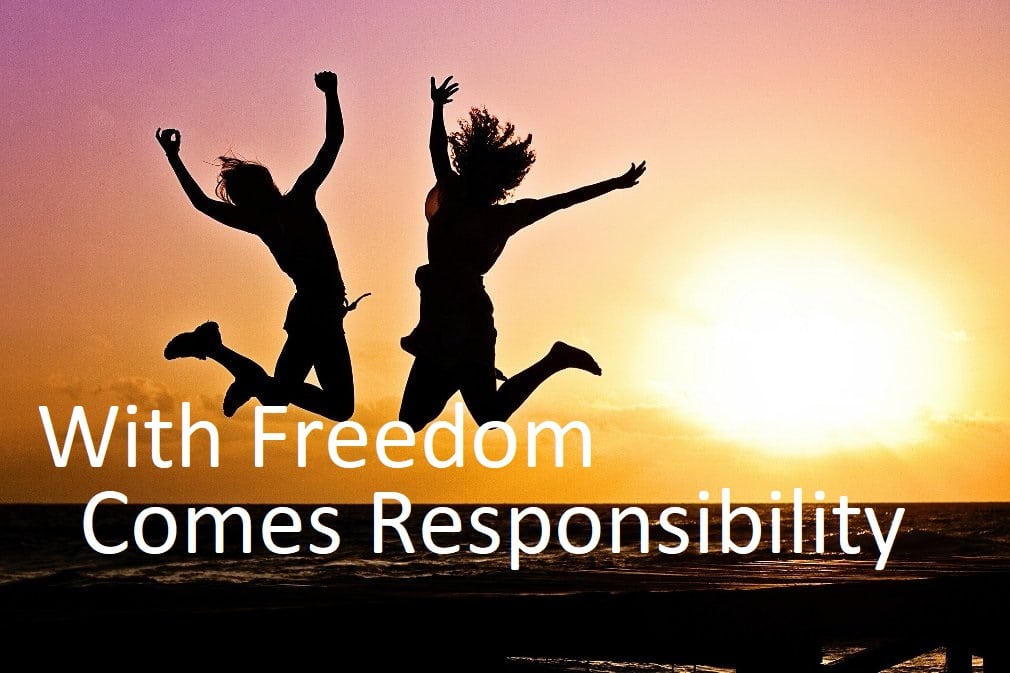On 1 May 2020 the PM announced that the MCO has been sucessfull in flatenning the Covid 19 infection curve. This welcome news was followed by an announcement to open up the social and economic life of the country. The MCO will be extended for some industries which will continue to be closed and certain social gatherings and events will remain prohibited.
Activities that will be allowed during the Conditional MCO phase are subject to strict compliance to SOP’s that has been released by the authorities. We have to keep in mind that the MCO was not a cure to overcome Covid-19. It was an exercise to contain it and to buy time in order to be prepared. Covid-19 is here to stay for a while. The SOP’s are a concrete action plan to be complied during this conditional MCO phase on how we can gradually defeat the invisible enemy. It may not be perfect but it can reviewed as we conitnue in these unchartered waters.
Each of us have to be careful and to take care to protect ourselves, our families, our co-workers and society as a whole. We are in this fight together, against a common enemy.
These are extraordinary times. It requires an extraordinary response from each of us. There are many things we have taken for granted and failed to show gratitude. Today in the era of the new norm we are challenged to show gratitude for the diversity of our country, that our well being is inter-twined with the well being of others. We need to show extra care for the most vulnerable expecially children and the elderly. There is an opportunity in every crisis. This is the opportunity to become an “Avengers” hero simply through our caring and loving.
Defeating this invisible enemy includes all the scientific know how, medical research and social discipline. But most of all we need to remain united and to live a life-style where our very survival depended on the genorisity of love and care for one another.
The battle is not won yet. But soon, together we will sing a hymn of Glory .
THE END OF THE MCO IS NOT THE END OF COVID 19. COVID 19 IS HERE TO STAY FOR A WHILE
MEDIA RELEASE BY WHO ON 10 MAY 2020 IN RELATION TO PUBLIC HEALTH AND SOCIAL MEASURE
BACKGROUND
In response to COVID-19, countries across the globe have implemented a range of public health and social measures, including movement restrictions, partial closure or closure of schools and businesses, quarantine in specific geographic areas and international travel restrictions. As the local epidemiology of the disease changes, ountries will adjust (i.e. loosen or reinstate) these measures accordingly.
As transmission intensity declines, some countries will begin to gradually re-open workplaces to maintain economic activity. This requires establishing protective measures, including directives and capacity to promote and enable standard COVID19 prevention in terms of physical distancing, hand washing, respiratory etiquette and potentially, thermal monitoring, as well as monitoring compliance with these measures.
On 16 April 2020, WHO published interim guidance that provides advice on adjusting PHSM, i while managing the risk of resurgence of cases. A series of annexes was developed to help guide countries through adjusting various public health measures in different contexts. This annex is for those involved in developing policies and standard operating procedures to prevent the transmission of COVID-19 in the workplace, including employers, workers and their representatives, labour unions and business associations, local public health and labour authorities, and occupational safety and health practitioners.
This document offers general guidance for non-healthcare workplaces and workers in those settings.ii Additional protective measures may be necessary for specialized workplaces. Specific ecommendations for protection of the health and safety of some frontline public workers are also included in the existing WHO guidance for the accommodation sector, detention centers, schools, food businesses, aviation sector, water, sanitation, and waste management, camps, and construction.
Click here to read the full media report: WHO GUIDELINES


